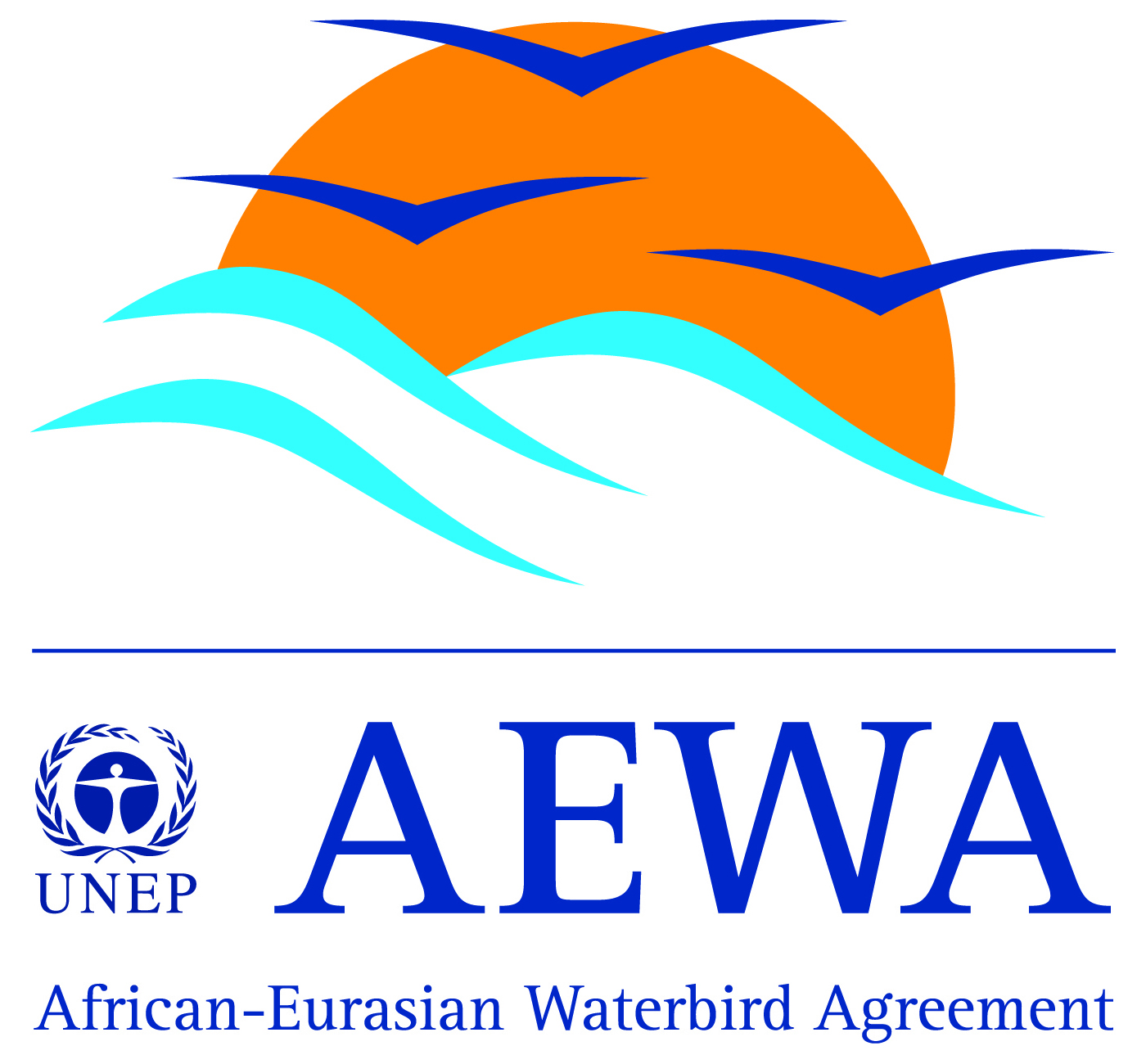Storm surge protection of Chatham Island oystercatcher Haematopus chathamensis by moving nests, Chatham Islands, New Zealand
-
Published source details
Moore P. & Williams R (2005) Storm surge protection of Chatham Island oystercatcher Haematopus chathamensis by moving nests, Chatham Islands, New Zealand. Conservation Evidence, 2, 50-52.
Published source details Moore P. & Williams R (2005) Storm surge protection of Chatham Island oystercatcher Haematopus chathamensis by moving nests, Chatham Islands, New Zealand. Conservation Evidence, 2, 50-52.
Actions
This study is summarised as evidence for the following.
| Action | Category | |
|---|---|---|
|
Provide nesting habitat for birds that is safe from extreme weather Action Link |
|
|
|
Translocate nests to avoid disturbance Action Link |
|
-
Provide nesting habitat for birds that is safe from extreme weather
A small study on Chatham Island, New Zealand between 1998 and 2004 (Moore & Williams 2005) found that up to seven pairs of Chatham Island oystercatcher Haematopus chathamensis used raised nest platforms made from car tyres (designed to raise nests above the level of storm surges). The success of these nests is not reported. The effect of moving the nests up the beach is discussed in ‘Move nests whilst birds are using them’.
-
Translocate nests to avoid disturbance
A replicated study on a beach on Chatham Island, New Zealand (Moore & Williams 2005) found that, of 78 Chatham Island oystercatcher Haematopus chathamensis nests gradually moved 1–32 m upshore during 1998–2004, although 11 were subsequently washed away by storm surges or high tides. Nests were moved either by hand (from a shallow nesting scrape to another, man-made scrape close by) or by dragging the artificial nesting platforms that the nests were on (see ‘Provide nesting habitat for birds that is safe from extreme weather’). In 2004-5, 26 nests from 33 pairs were washed away by very high storms; no data was available on the number of nests moved in this year. Before nests were moved, all nests on the beach were sometimes washed away. No data were provided on acceptance of movement or breeding success. The beach was also subject to several other conservation interventions: see ‘Exclude livestock to reduce trampling or predation’, ‘Predator control on islands’ and ‘Remove problematic vegetation’.
Output references
|
|





)_2023.JPG)














